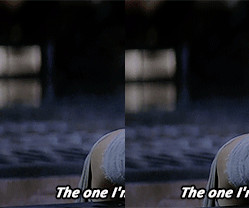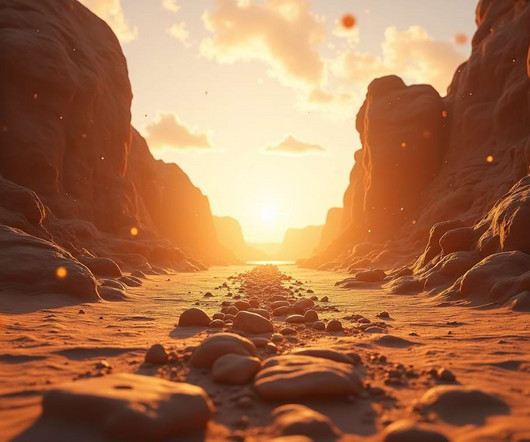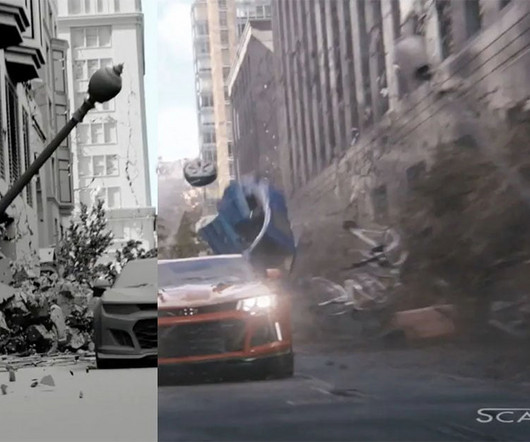I’ve occasionally seen this common bug in several games where a character gets stuck in what seems to be the center of the map, doing a T pose. Is this is a common output of several different types of errors? If so, have you ever hidden the origin of the map under a hill, or made it hidden to the player somehow, so bugs like that are not spotted, even if they occur?
Ask a Game Dev
OCTOBER 11, 2024
The T-pose exists mostly because artists can see all parts of the model by rotating, moving, and zooming the camera, so they can fix up any odd texturing issues on the model. The purpose of using the T-pose for the default is because it is instantly and visibly recognizable to just about anyone that it doesn't belong there.













Let's personalize your content